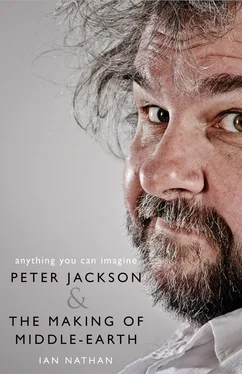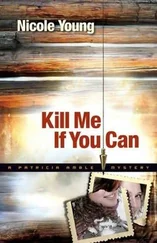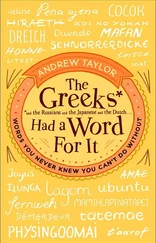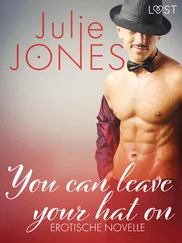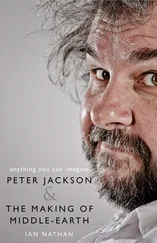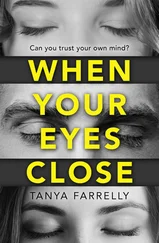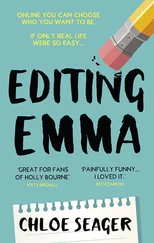Ultimately, says Jackson, the issue of villainy would be addressed by making the Ring a character. ‘It speaks, it sings, and fills the frame — we were deliberately trying to give it presence.’
Evil is already in their midst, preying on weaker minds.
The two-film version cuts corners and concertinas events. Not illogically, Théoden mismanages his kingdom straight from Helm’s Deep, while Gandalf scours Middle-earth on the back of a giant eagle, Aragorn takes the Paths of Dead as a short cut, and to keep the clock ticking Arwen, mortally wounded by the Witch King, will perish if Sauron is not defeated.
Some details have already been filleted out of the treatment: Glorfindel rescuing Frodo on the flight to the ford; Sam looking into Galadriel’s mirror; Saruman’s dying redemption; the arrival of Elrond’s sons, Elladin and Elrohir; and the Ringwraiths trying to intercept Frodo at the Cracks of Doom.
There is, however, still a conscious attempt to keep tabs with the book: there is a Farmer Maggot, a Fatty Bolger, Bilbo attending the Council of Elrond and characters as obscure as Prince Imrahil and Forlong the Fat make cameo appearances.
Aside from a feisty Arwen, Gandalf is more frail and emotional, less in control; Gimli swears like a stevedore; and Faramir is described as a ‘fresh-faced seventeen-year-old’, making sense of why Orlando Bloom first auditioned for that part.
Ordesky wonders if he might be the only person at New Line to ever have read the original 280-page two-film script. He admired the coherent grasp of the material and the lovely, piquant details that would remain to elevate the films three years hence: a blazing Denethor casting himself off the rocky prow above Minas Tirith like a falling star; Sam’s impassioned speech on the slopes of Mount Doom, ‘I can’t carry it for you, but I can carry you …’ Ordesky also knew that three films could offer so much more.
*
The Three-film Version (with New Line): ‘I will go to my grave saying that the crafting of those three screenplays was one of the most underappreciated screenwriting efforts ever undertaken,’ declares Ken Kamins proudly. ‘You are writing what is essentially a single ten-hour script, which you have to divide into three movies. You have to set up things in movie one that may not play out till movie three. And you’re burdened with having to explain the world to the neophyte.’
As soon as New Line came on board, they became impatient for Jackson, Walsh and Boyens to turn the two scripts into workable drafts of three. Jackson says this meant starting again with a page-one rewrite (essentially beginning afresh), but it is closer to what Boyens describes as a serious ‘rethinking’. Each draft would still be codenamed Jamboree , still ‘an affectionate coming-of-age drama set in the New Zealand Boy Scout Movement’. Only now it wasn’t simply the work of Fredericka Wharburton and Percy J. Judkins, but also Faye Crutchley (Philippa Boyens) and, for his contribution, Kennedy Landenburger (Stephen Sinclair).
Whole passages of dialogue and the structure and rhythm of specific scenes would be retained from the two-film draft, but restructuring to three films brought about a re-evaluation of what these films could be. Renewed emphasis was placed on what was emotionally satisfying. Posing the fundamental question: what were they fighting for? Action scenes needed to be earned on an emotional level. Characters needed to make sense. Legolas may be as nimble as Fred Astaire as he releases unerring arrows at blighted Orcs but this wasn’t a superhero film.
‘The script I’m most proud of is The Two Towers , because it was so frickin’ hard,’ says Boyens. ‘It was like, how do you break the story into three and then follow these different threads? And make people care. Also you’ve got no end — how do you create an end?’
Points of transition became a real issue with New Line. Concluding the first film especially would be a real bone of contention during post-production. Shaye was a huge fan of the books, but he was also a canny businessman in search of profit. He understood the screenplays would have to be representative of Tolkien’s work as a trilogy, but insisted that they also had to work as individual films.
If you missed the first movie, The Two Towers had to be a compelling piece of cinema. And if you missed the first two and still decided to see The Return of the King , it would have to work all by itself. Once The Fellowship of the Ring was a big hit, the editing of the ‘sequels’ re-orientated back toward a single saga.
Expanding into three films, says Boyens, allowed them the luxury ‘to try and do scenes to the fullest of their capacity.’ Within the exigent drive of plot they could explore character and build mood, even stillness. The priceless moment of Bilbo and Gandalf, two very old friends, contentedly blowing smoke rings and galleons upon the doorstep of Bag End; the camera gazing in awe upon the pillared immensity of Dwarrowdelf as Howard Shore’s score swells up through the ancient columns. Such poise was totally contrary to the hyper-kinetic dogma of millennial blockbustermaking.
Obviously they also had room for plenty more Tolkien, and some painful excisions were immediately remedied. ‘It was such a relief to have Lothlórien back,’ says Boyens, and the Elven forest was the first thing she returned to its designated place.
The book was full of renewed possibility.
Says Jackson, ‘Unlike most movies where the pressure comes and you literally take twenty pages out, our scripts actually grew by thirty to forty pages, because we would keep finding stuff in the books. We were constantly thinking, “God, we really should be filming this, this is great, and we’d then write a page, show it to the actors, and they’d go “this is good” and I’d say, “You know, on Friday, I think we can squeeze this new scene in pretty simply.” It was very organic.’
The problem was it never ended. They couldn’t stop writing, editing, re-writing, trimming, extending, delving into the mines of the text, working with the actors, twisting and turning the mythology into cinema. This went on literally in tandem with the shoot. A honing of story in the same way a special effect can be bettered with care and attention. Such that there was never a definitive finished screenplay, not on page.
An early draft of the three-film version, dated 20 November 1998, reads like an alternative universe to an alternative universe, with many of these scenes shot and abandoned. Opening with Frodo and Sam surveying the limits of the Shire from a hilltop, Farmer Maggot clings on and the hobbit heroes encounter the first Ringwraith without Merry and Pippin. Rivendell, as we shall see, awaits a major overhaul. There is an Orc assault on the borders of Lothlórien, where Aragorn has a flashback to the days he spent there with Arwen and Frodo glimpses Gandalf in Galadriel’s mirror.
In this version, the second and third films radically depart from the book, with Arwen’s participation expanded even from the two-film draft. She follows the Fellowship to Lothlórien and then on to Edoras rescuing the refugee children from an Orc attack along the way. The love triangle is revived from the treatment, with a semi-comic rivalry established between Arwen and Éowyn. Arwen still battles at Helm’s Deep, still skinny-dips with Aragorn, still helps fight off a Ringwraith that swoops for Pippin, and still rides with the Rohirrim, but now alongside Éowyn disguised as a man (diluting the whole effect). Arwen will be left for dead by the Witch-king before Éowyn dispatches him. And Sauron still confronts Aragorn at the Black Gates.
They were constantly trying to insert the structural lessons gleaned from McKee to the glacial magnificence of Tolkien: climaxes, twists, foreshadowings, turning points and delayed reveals. Balanced with wilfully obscure references to his deep mythology. His archaic language could have enormous power when delivered by an Ian McKellen or Christopher Lee. But for clarity they would trim and edit from the book, moving passages around in the chronology or between speakers like a slider puzzle.
Читать дальше
